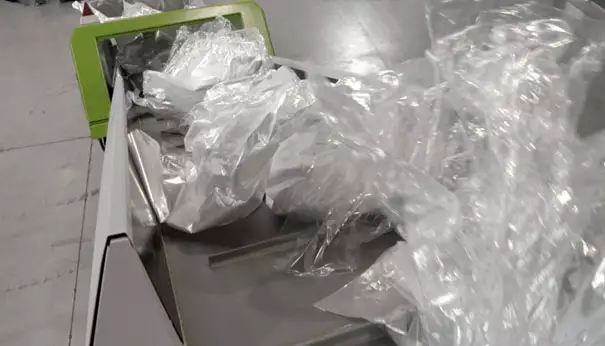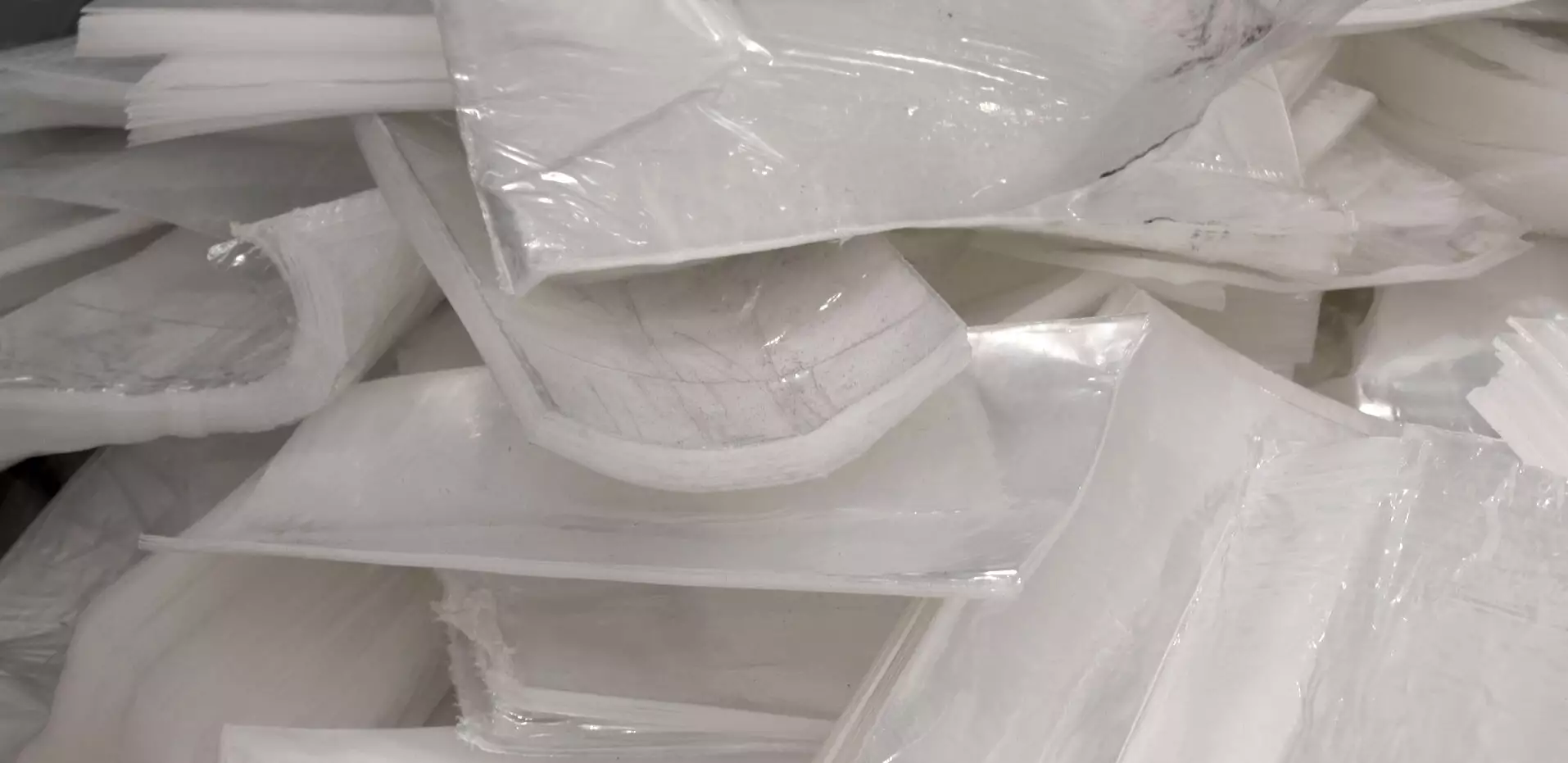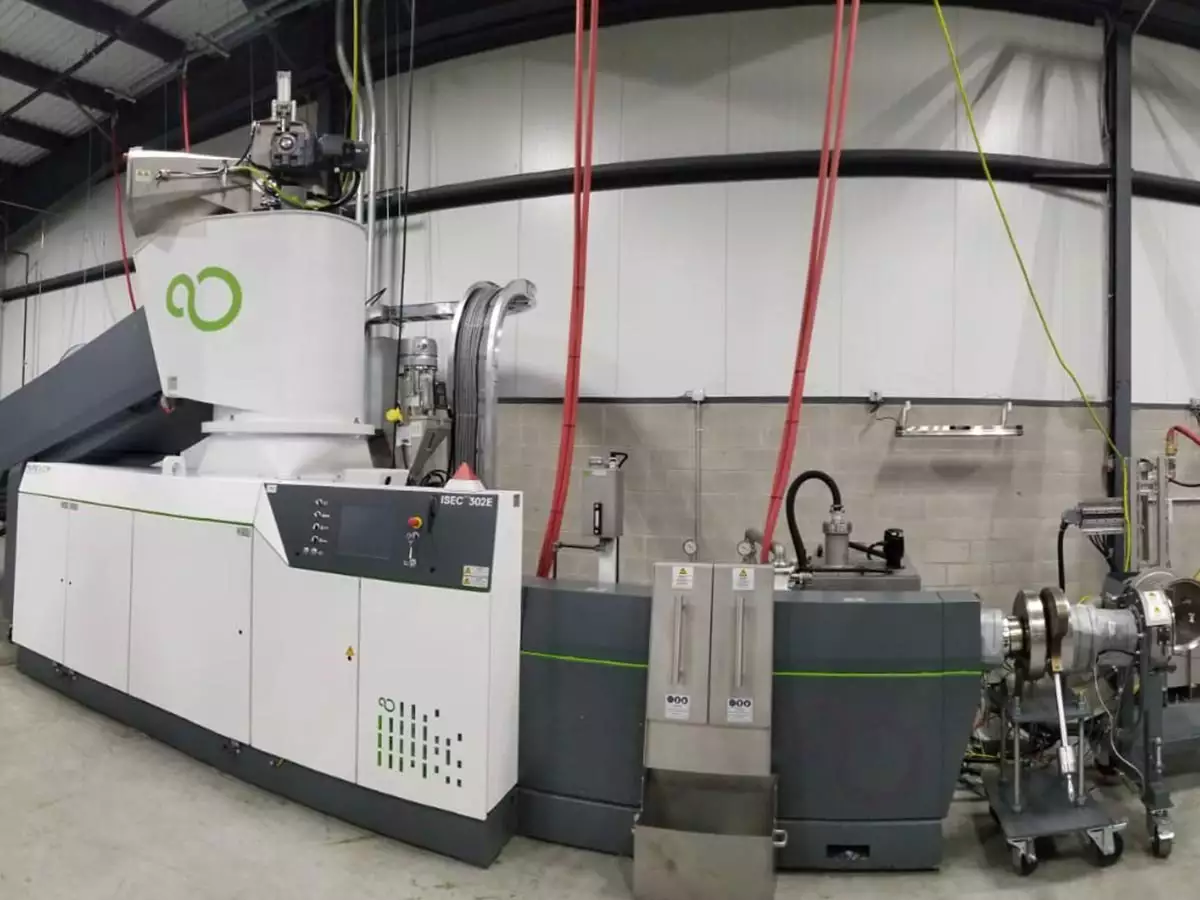Buying a Recycling Machine: How to Choose the Right One for Your Company
Finding the right recycling machine to help you reduce production and material costs, and yet that is easy to use, can be a real challenge. But it doesn’t have to be.
The questions that will lead you to the right technology are:
- Which material is to be recycled?
- Which recycling technology is suitable for this?
- What does the material logistics look like? How can the machine be integrated into production?
- What will the pellets be used for? For which product group are they intended?
In this blog article, we answer these questions and show you how to choose the right recycling machine for your company.

Material: What needs to be considered when buying a recycling machine
The most important factor when buying a recycling machine is the material that is to be processed.
- Are the materials inhouse, post-industrial or post-consumer?
The origin of the material has a decisive influence on the choice of technology. For example, the ISEC evo from PURE LOOP is ideal for recycling post-industrial materials and inhouse production waste. Post-consumer plastics are ideally processed using cutter compactor-technologies designed for handling heavy contamination and for mixed and wet materials.

- In what form is the material?
The shape of the material also affects the decision of which recycling machine you buy. The ISEC evo from PURE LOOP is extremely flexible in this respect. This recycling machine processes heavy, free-flowing, self-feeding, light, bulky, as well as highly tear-resistant plastics.
- What is the condition of the material?
Moisture: Many materials contain a certain amount of moisture. For example, irrigation hoses, film and post-consumer materials. Irrigation hoses are damp inside following quality tests in which they are filled with water. Film materials are often moist due to outdoor storage. The disadvantage is that gels are formed which make processing more difficult. Post-consumer plastics are also washed before the recycling process and therefore have a higher moisture content.
Contamination: Inhouse materials usually have little to no contamination, such as dust from storage. Post-industrial materials are often more heavily contaminated. This can be explained by the transportation routes, for example. Post-consumer materials are often contaminated with various foreign materials such as wood, glass, and sand, etc.
Printing inks: Have the materials been printed? What type of printing is involved? What materials were used for the printing?
Lamination: Many materials used by end users may have been laminated with a thin metal foil.
- Are there other important factors that need to be taken into account when processing the plastic, also in terms of how the recycled pellets are going to be used?
Additives: There are various additives that may have been added to the materials that need to be retained when they are processed into recycled pellets. One such example is the special requirements for curtains at events - these often contain a flame retardant, which must not be lost during the recycling process.
Glass fibers / Carbon fibers: Are the materials reinforced with glass fiber or carbon fiber? Are they long or short glass or carbon fibers? These are important factors when buying the right recycling machine because certain technologies produce dust when they process precisely these materials. If dust of glass fibers gets into the ambient air, it causes an enormous health and safety problem. The reason for this is that if the glass fiber particles are inhaled, they remain in the lungs for life. If dust from carbon fibers gets into the circuits of a mechanical recycling machine, this can lead to technical problems.
You can find out more about the different recycling processes in our blog posts What distinguishes recycling technologies and Comparison of technologies: repelletizing vs. grinding.
What does the material logistics look like? How can the machine be integrated into your production?
It is important that the plastics recycling machine can fit into your scrap material logistics. PURE LOOP technology is impressive in this respect because it is extremely flexible in terms of the input material. To make the material feed as efficient as possible, the ISEC evo can be adapted specifically to your waste management system. More detailed information is available here.

Legal factors and subsidies
Legal factors and various subsidies can influence the choice of plastics recycling machine. Before you buy a recycling machine, find out what legal requirements need to be complied with at your location and what subsidies are available.
The way to buying the right recycling machine: Summary
In order to buy the most suitable recycling machine, several significant factors need to be taken into account. Answer the following key questions before buying:
- Which material is to be recycled?
- How will the plastics be processed?
- What is the goal? What will the recycled pellets be used for?
We would be pleased to help you choose your machine.
Contact us now.